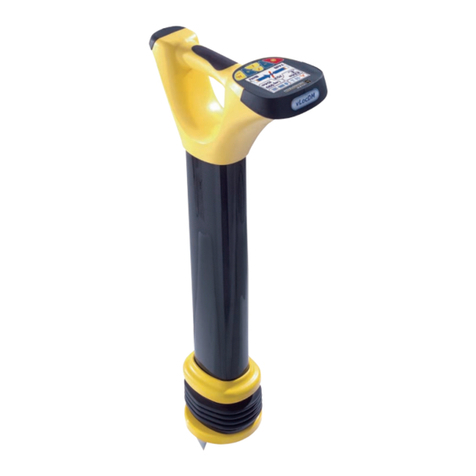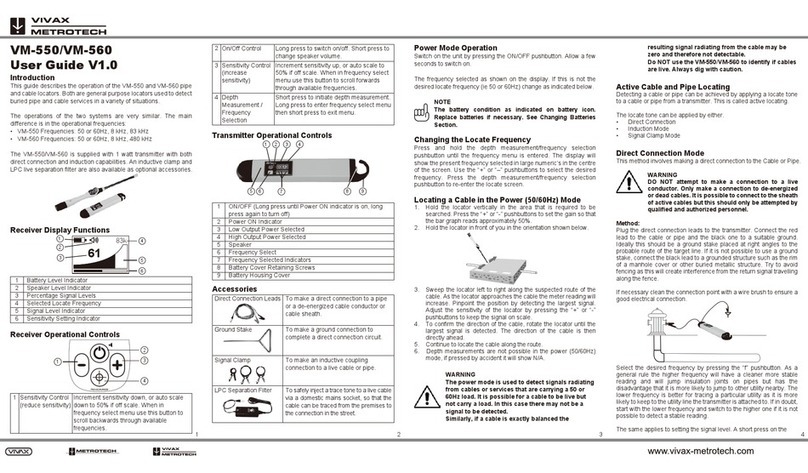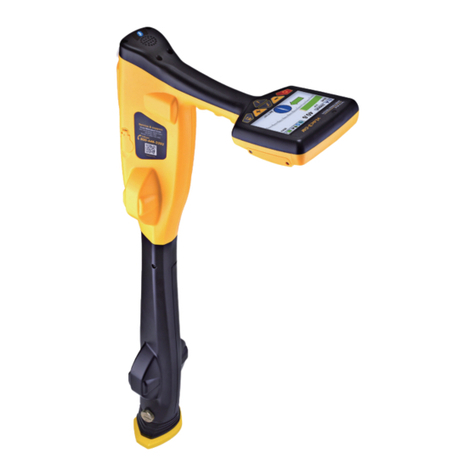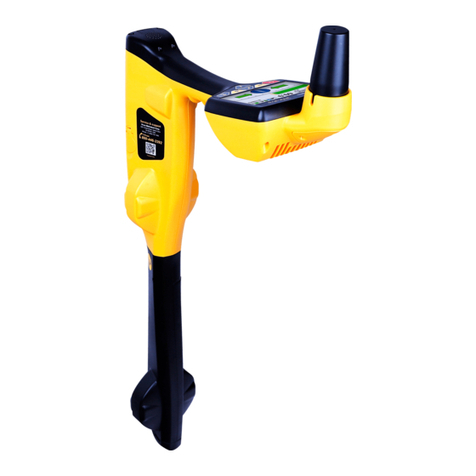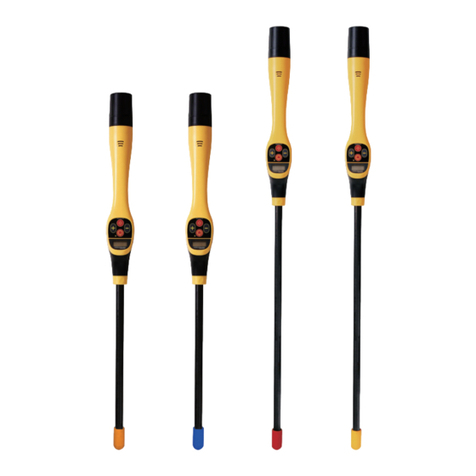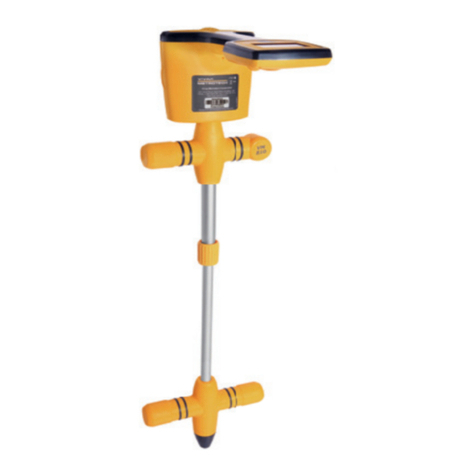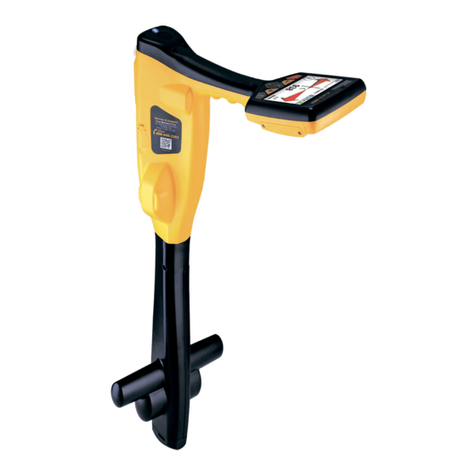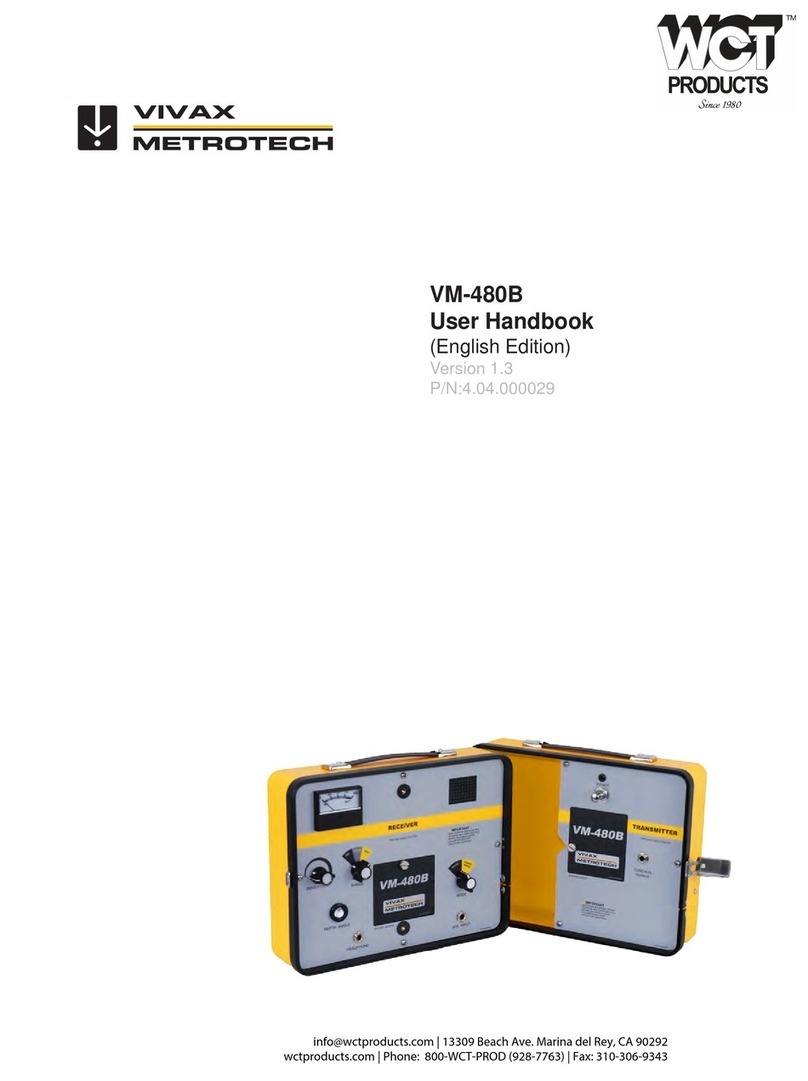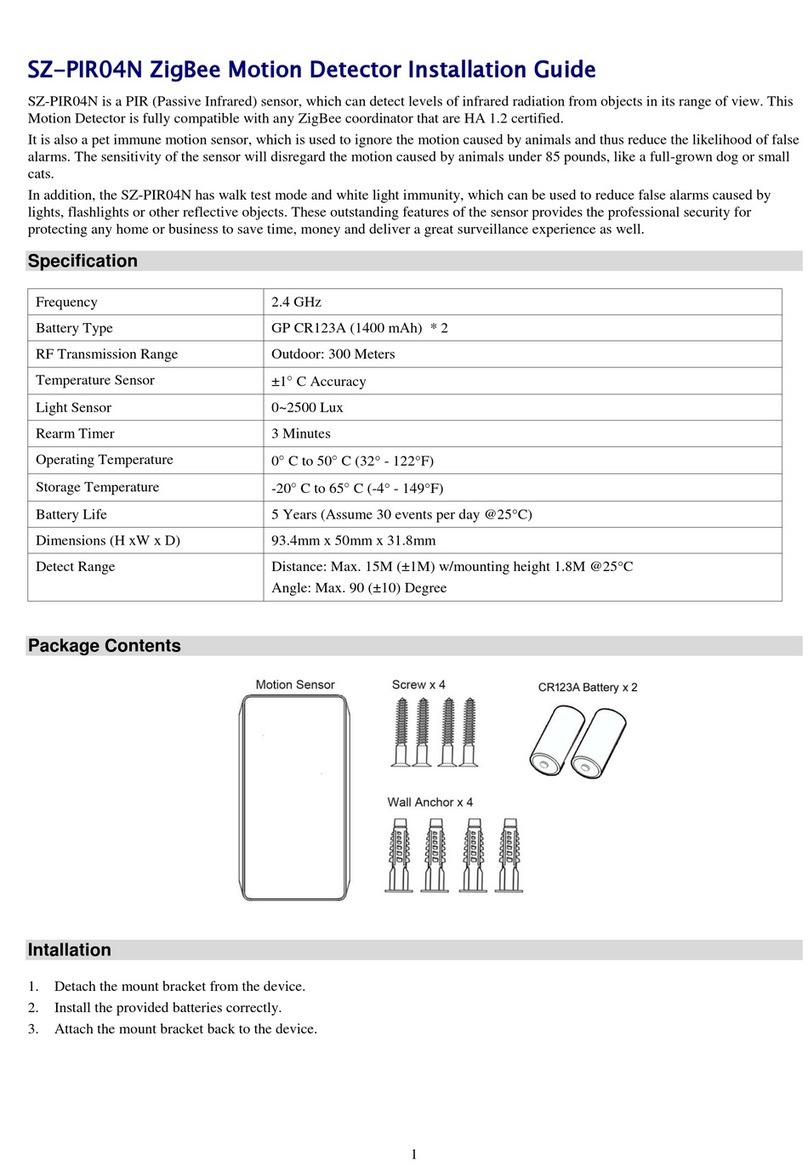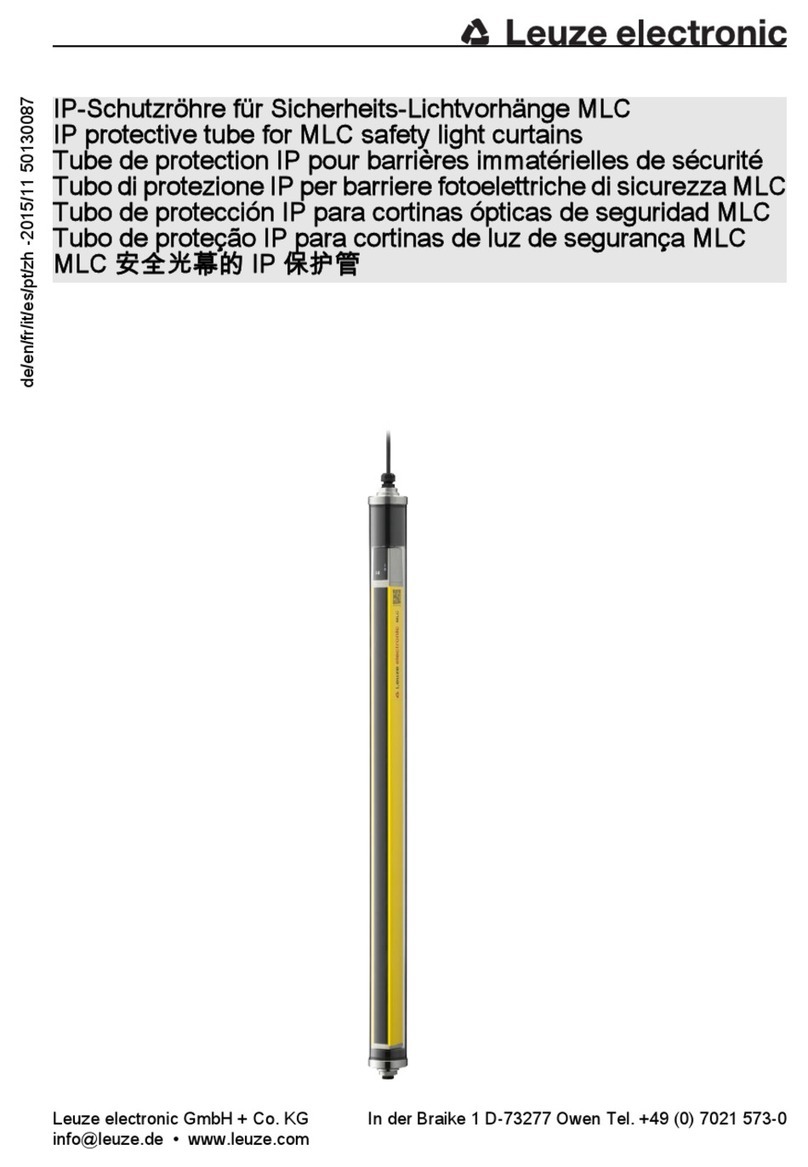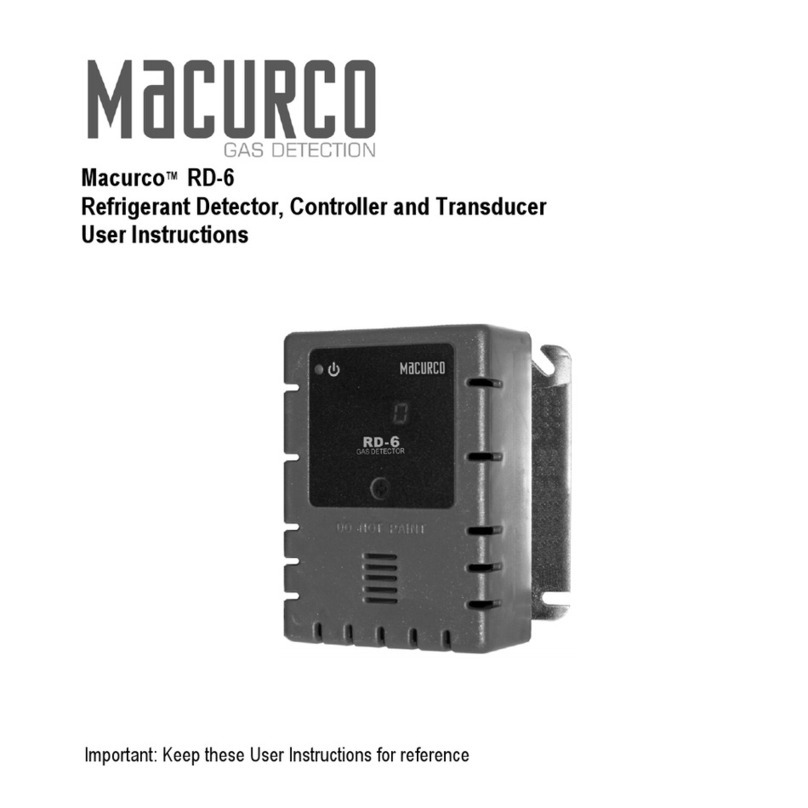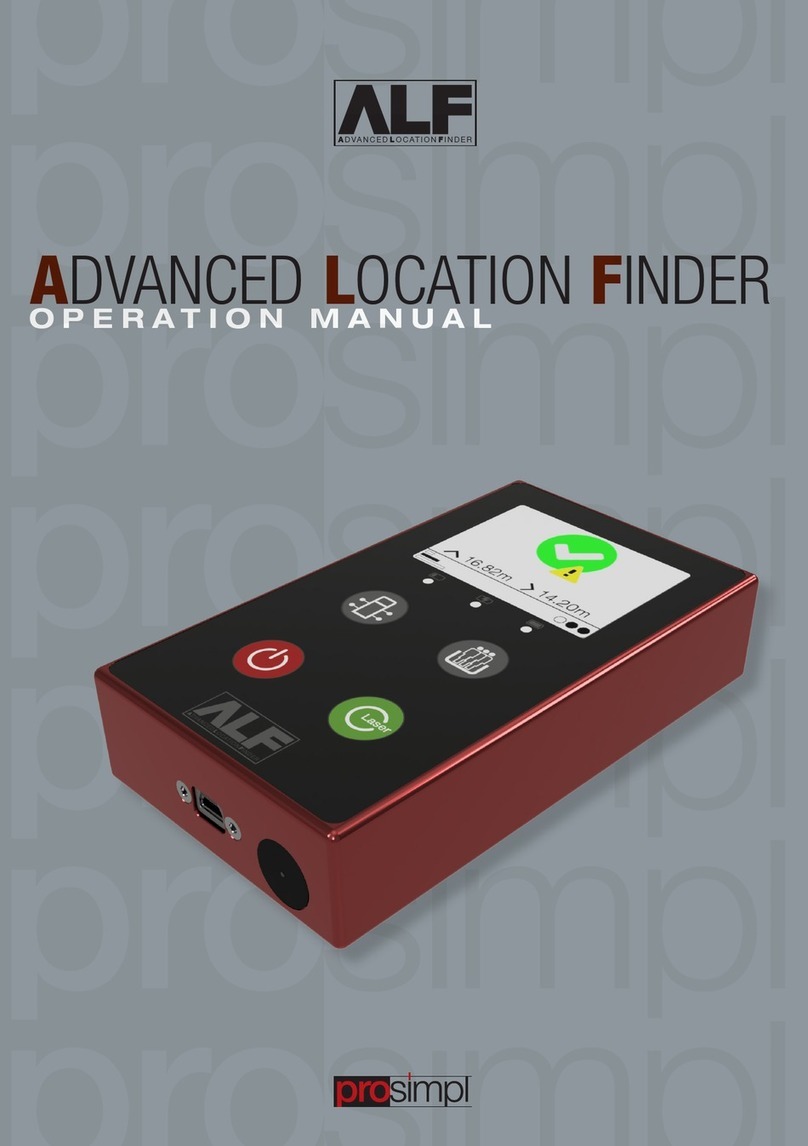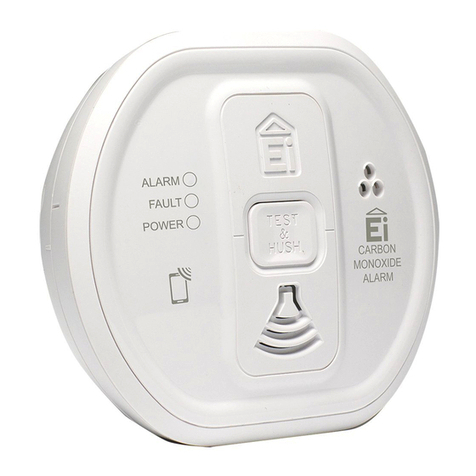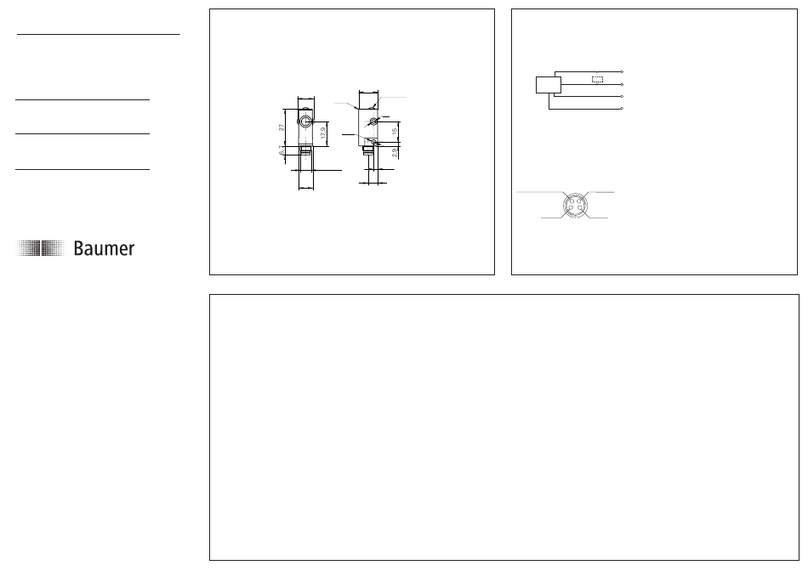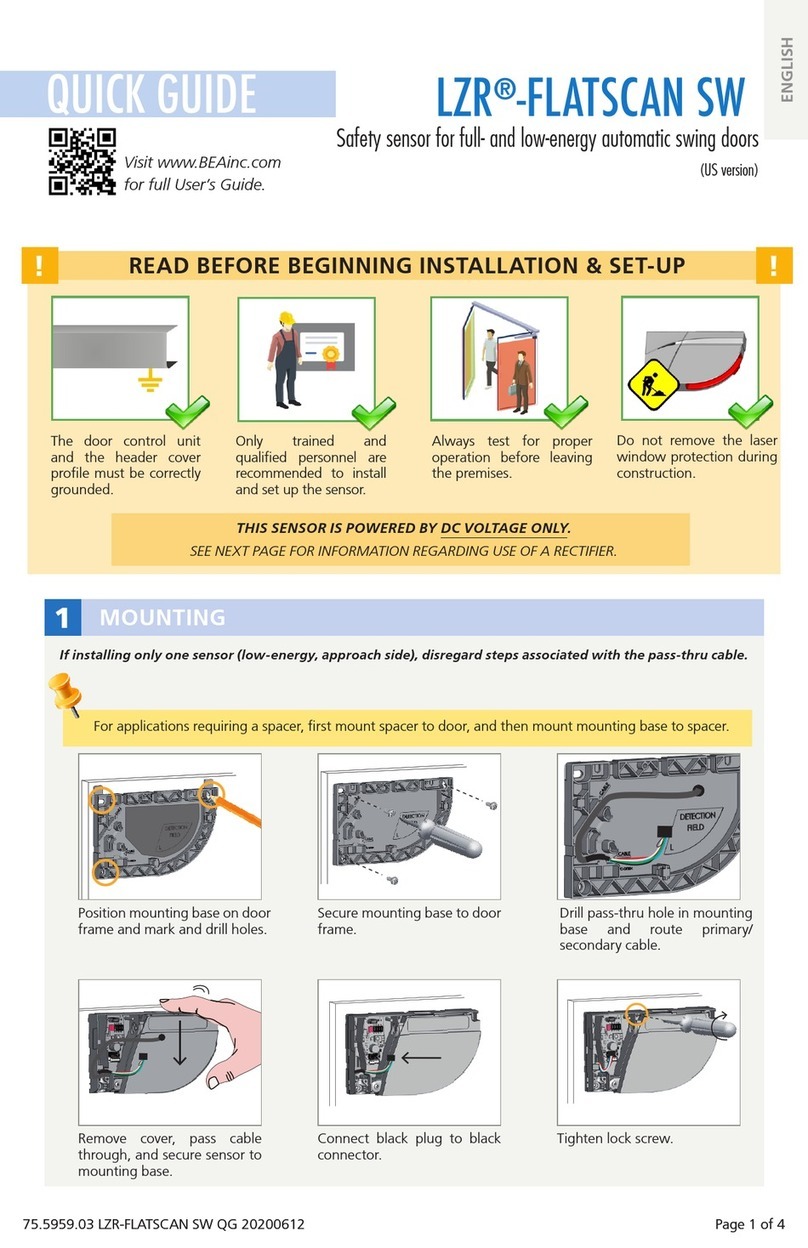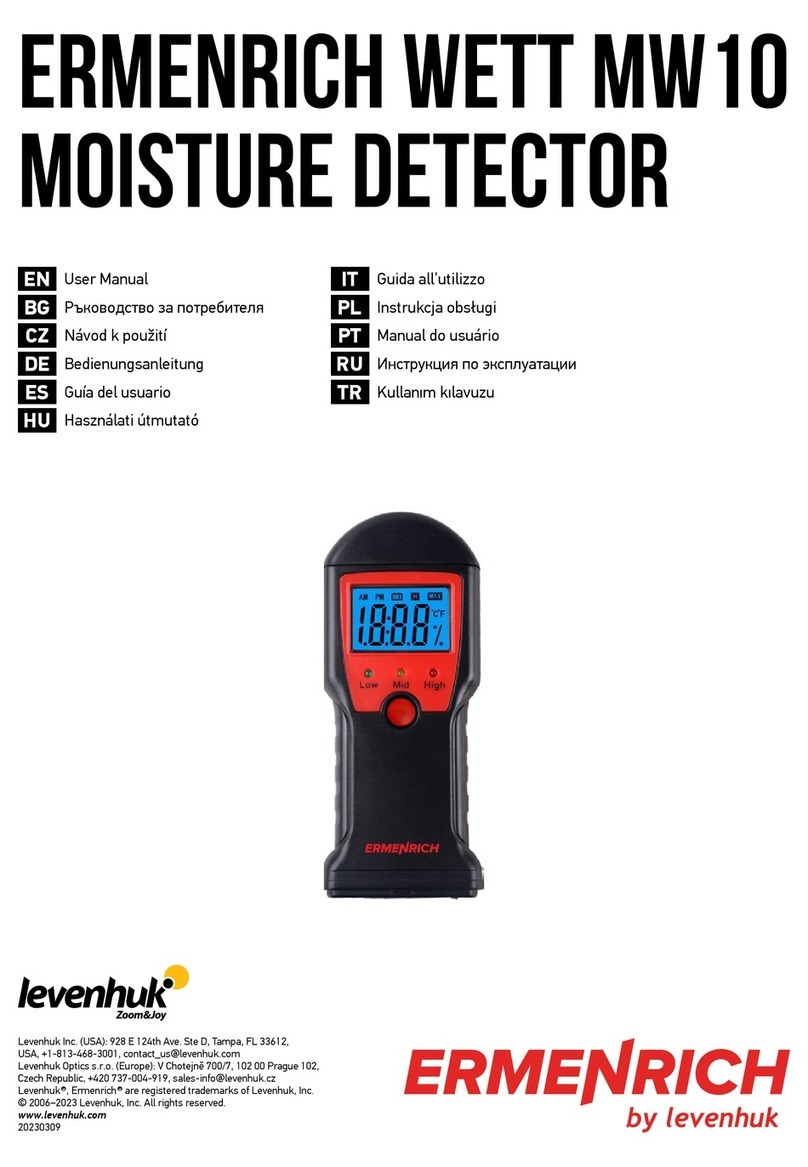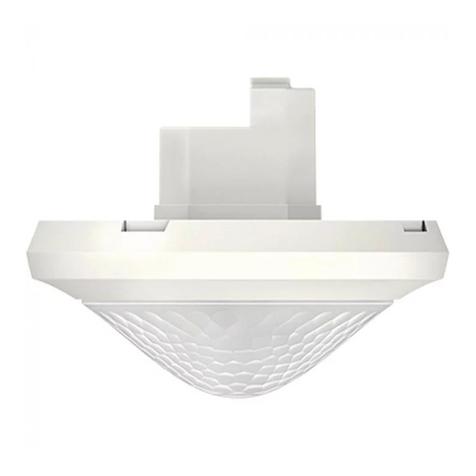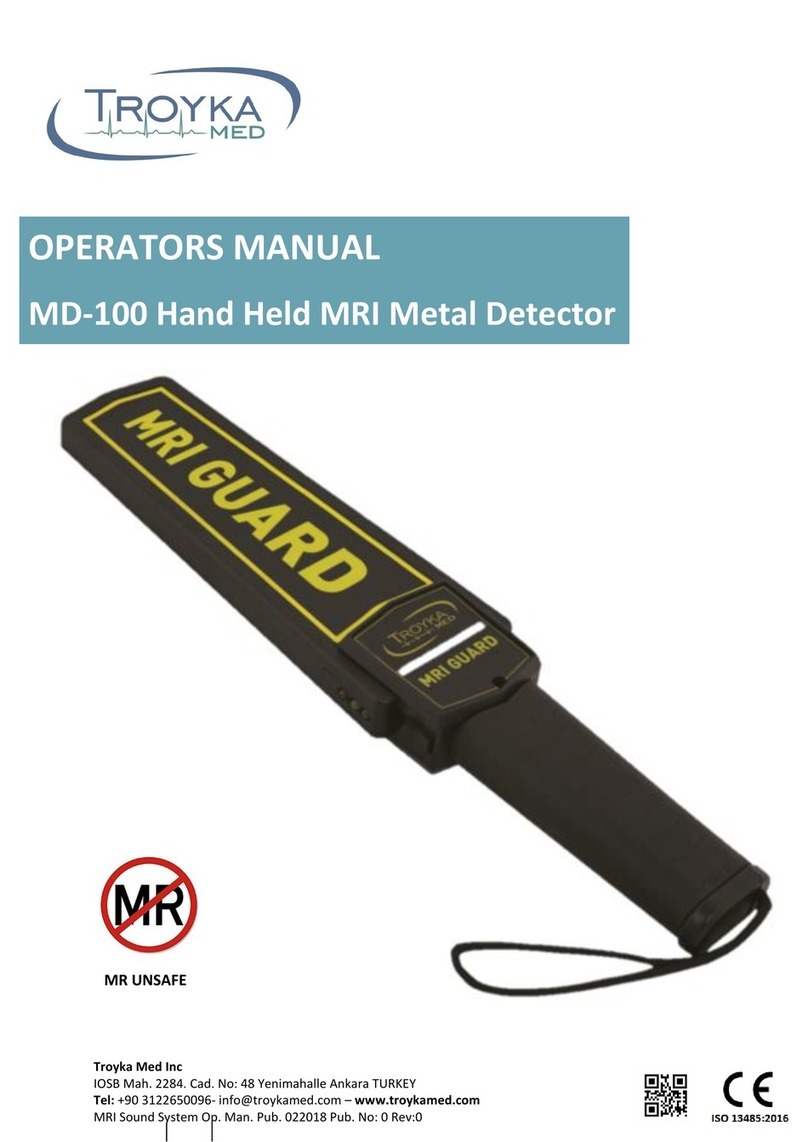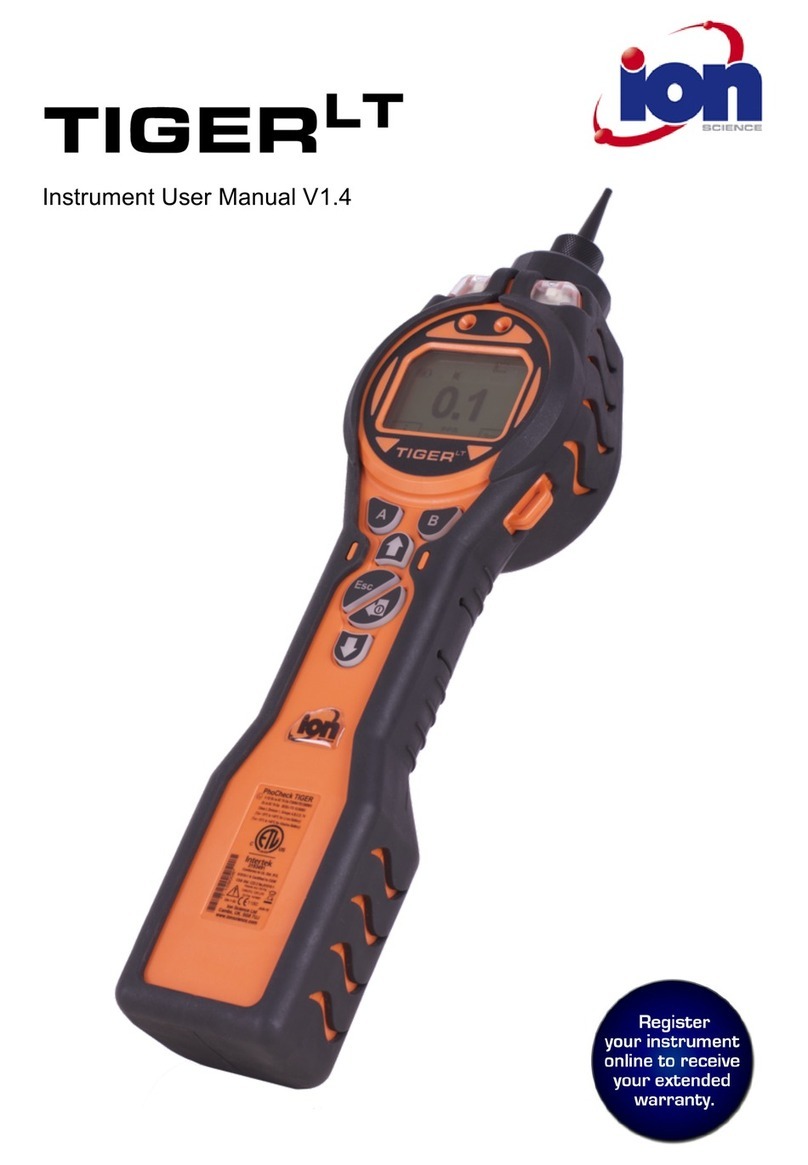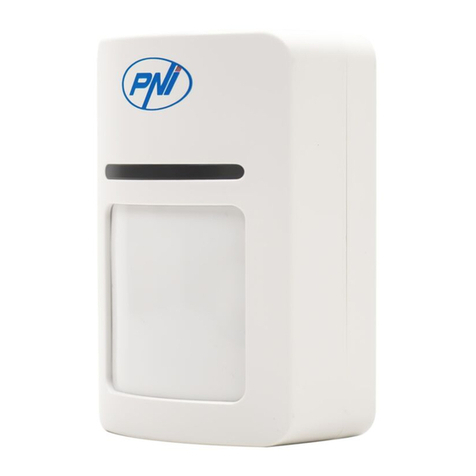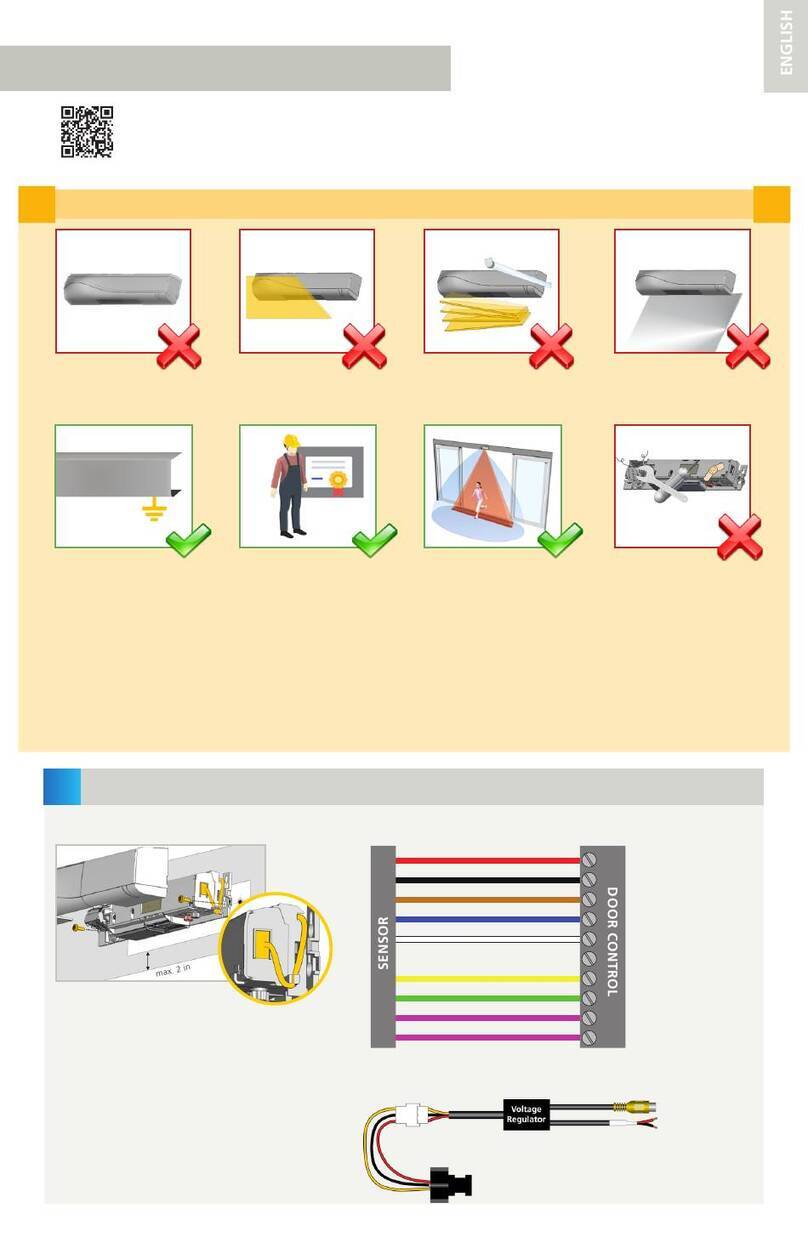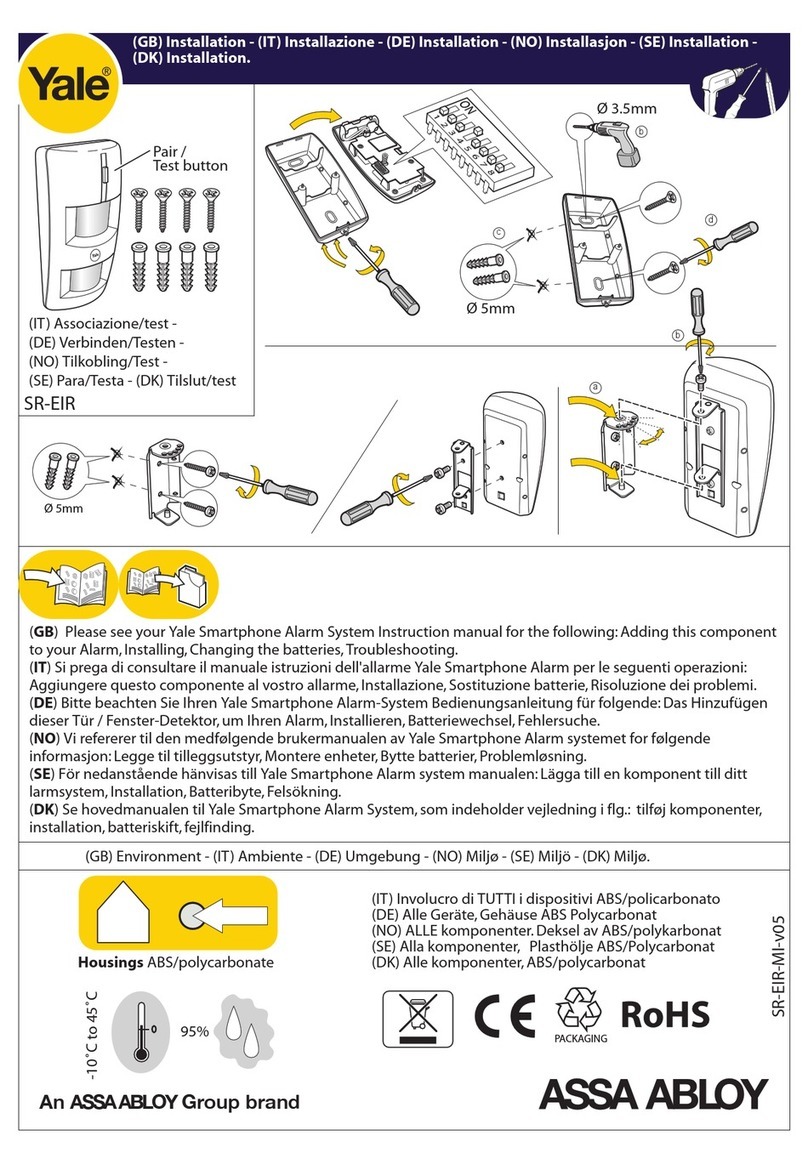
™
Page 2
Note
Fault finding requires a non standard frequency. Historically there have been many versions of
fault finding frequencies. Some of these are listed below:
- 3/6Hz Fault find (Used to detect faults on pipelines)
- Signal Select Fault find (Good for fault finding on short runs such as power networks)
- SD Fault find (General purpose fault finding)
- 8kFF (General purpose fault find with good results on short and long runs and has good sensitivity)
For the purposes of this manual 8kFF is concentrated on as it gives the best overall performance.
To detect a damaged section, the line should be isolated and have all ground bonding removed. This
will ensure that the ground fault is not masked by deliberate bonding to ground. The A-frame cannot
distinguish between these two situations.
After isolating the line, use a Vivax-Metrotech transmitter with DC resistance measuring function, or a
dedicated resistance measuring device to confirm that there is a fault to ground. The A-frame will
typically detect faults up to 2 Mohm (depending on the distance from transmitter, soil conditions etc.)
Connect the transmitter to the target line using the red lead. A ground stake needs to be pushed into
the ground and the black cable clipped to it. Try to place the ground stake as far as possible from the
line to be evaluated. This ensures return currents do not distort the results. Switch on the transmitter
and select either 8kFF low or 8kFF high. Use 8kFF high if the line to be surveyed is long or the fault
resistance is high. Make sure the receiver and transmitter are set for the same FF type, i.e. 8kFF.
Plug in the analogue A-frame to the receiver accessory socket. When the receiver is switched on, it
will automatically default to the A-frame screen.
55
8kFF LOW
mA
26 dB
8KFF
Log
6
